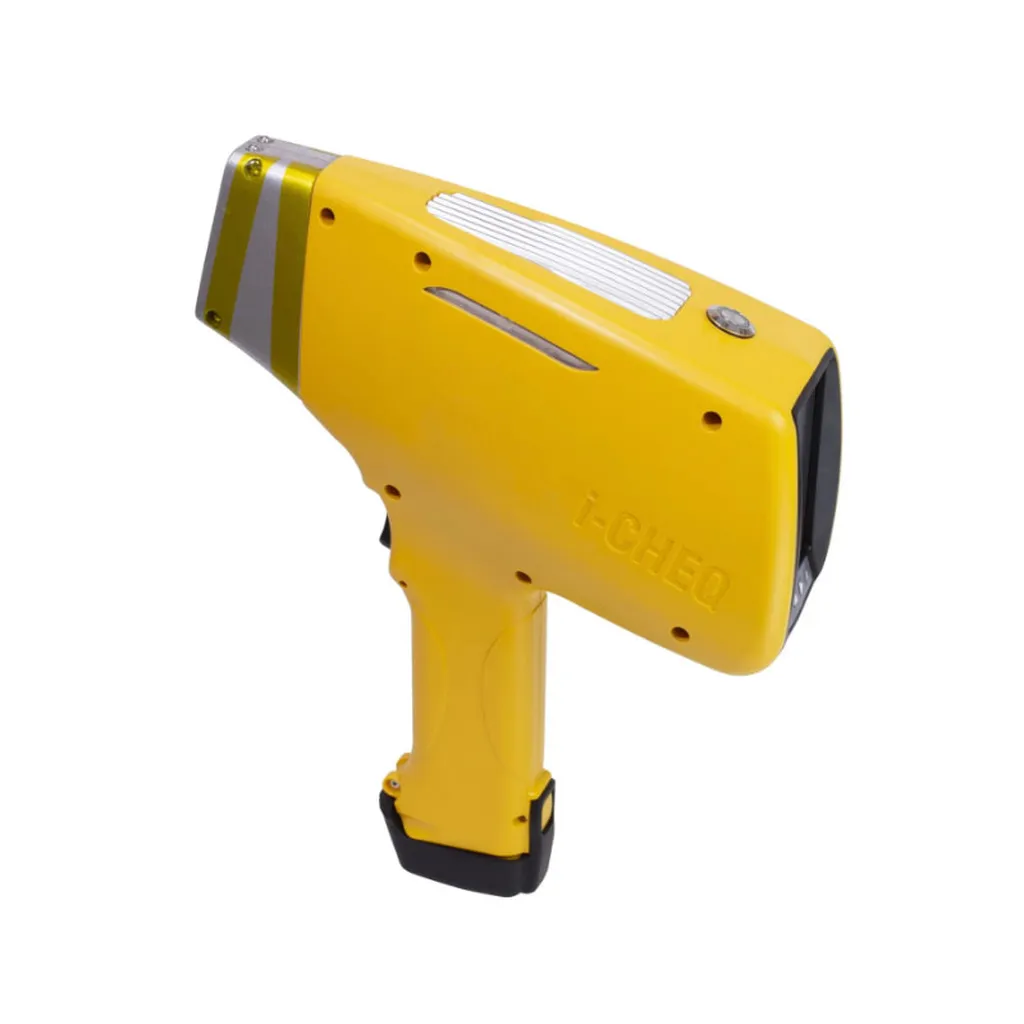In a significant stride towards democratizing advanced agricultural analysis, researchers have developed a low-cost, in-house X-ray fluorescence (XRF) spectrometer that promises to revolutionize soil fertility prediction and monitoring. Published in *Scientia Agricola*, this innovation, led by Tiago Rodrigues Tavares, offers a cost-effective alternative to commercial models, potentially transforming how farmers and researchers assess soil health.
The spectrometer, priced at approximately half the cost of commercial counterparts, delivers comparable performance, as demonstrated in a case study involving agricultural soil samples. This breakthrough is poised to make sophisticated analytical tools more accessible, particularly for small-scale farmers and researchers with limited budgets. “Our goal was to create a device that is not only affordable but also customizable, allowing users to tailor it to their specific needs,” said Tavares, highlighting the spectrometer’s adaptability.
The spectrometer’s design and assembly details are meticulously outlined in the study, providing a comprehensive guide for researchers interested in constructing their own devices using readily available components. This openness fosters a community-driven approach to technological advancement, encouraging collaboration and innovation within the Soil Science and Agronomic Engineering community.
The implications for the agriculture sector are profound. By enabling rapid and environmentally friendly soil analysis, the spectrometer can support precision agriculture, helping farmers optimize fertilizer use and improve crop yields. “This technology has the potential to bridge the gap between high-cost laboratory analysis and on-site, real-time monitoring,” Tavares noted, emphasizing the spectrometer’s role in enhancing agricultural productivity and sustainability.
The spectrometer’s potential extends beyond static laboratories. Its compact and customizable design makes it ideal for integration into hybrid and mobile laboratories, facilitating field-based analysis and immediate decision-making. This capability is particularly valuable in large-scale farming operations, where timely soil data can significantly impact management strategies.
Moreover, the spectrometer’s development aligns with the growing trend of proximal sensing and spectroscopy in agriculture. These technologies are increasingly being recognized for their ability to provide rapid, non-destructive, and cost-effective analysis of soil and plant samples. The spectrometer’s ability to deliver comparable performance to commercial models at a lower cost could accelerate the adoption of these technologies, driving further innovation in the field.
As the agriculture sector continues to grapple with the challenges of climate change, resource depletion, and food security, tools like the low-cost XRF spectrometer offer a beacon of hope. By making advanced analytical tools more accessible, this innovation could empower farmers and researchers to make data-driven decisions, ultimately contributing to a more sustainable and productive agricultural future.
The study, published in *Scientia Agricola* and led by Tiago Rodrigues Tavares, serves as a testament to the power of open innovation and community-driven research. As the agricultural community embraces this technology, it is poised to shape the future of soil analysis and beyond.

